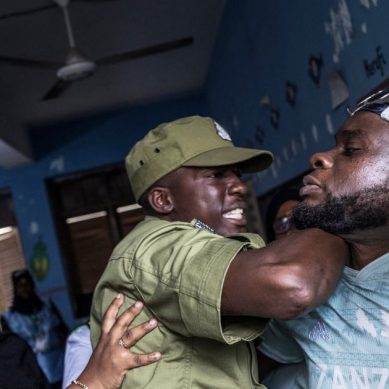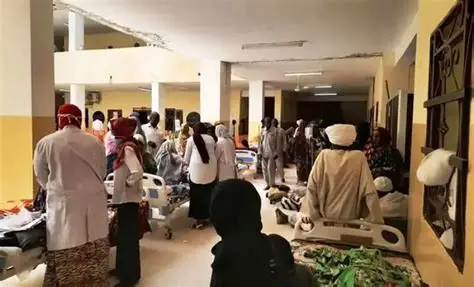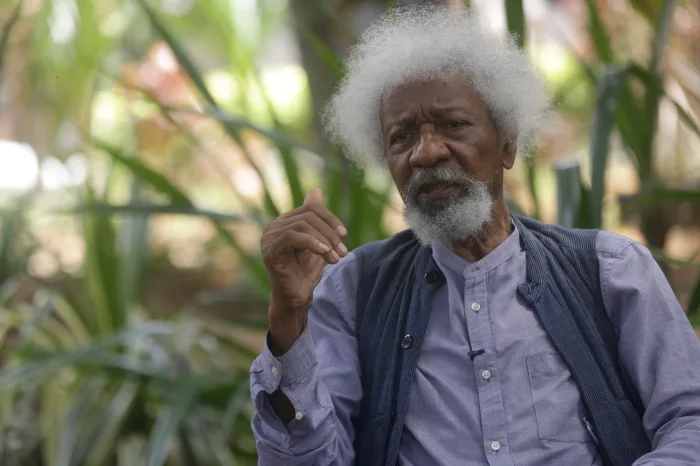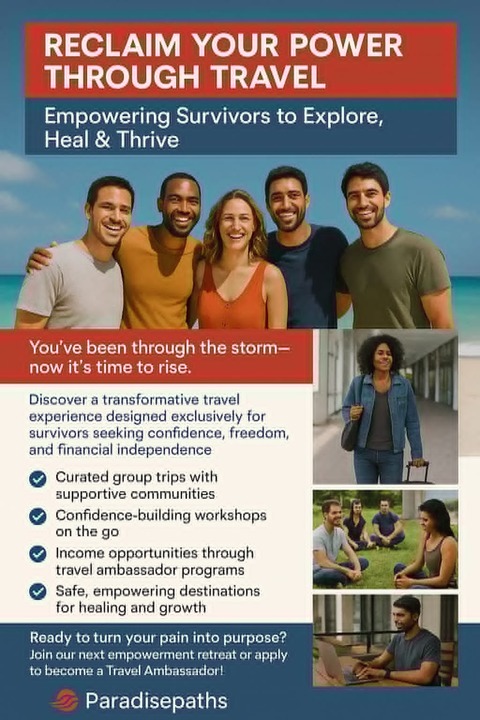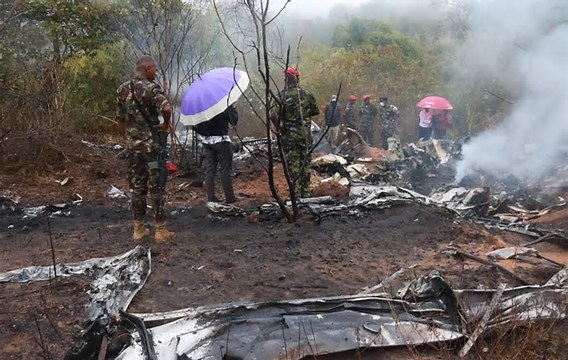
When in 1981 the coordinator of the Biology of Conservation in the Zoology Department of the University of Nairobi, Dr Ian Deshmukh, told my first year masters cohort that consisted of Richard Bageine, Cicilia Gichuhi, Augustine Onyeungusi and myself that he was taking us to Masai Mara Game Reserve, and that we would view that reserve from the air in a small aircraft, I was scared.
I had travelled on the bigger planes of the East African Airways as a fisheries research officer. I was not sure moving on a small plane was as safe as moving on a big plane, although the possibility of crashes in common to all. Big planes had also crashed.
My colleagues, however, were overjoyed. I concluded that only Augustine Onyeungusi, who was from Nigeria had moved on planes but the others had not got an opportunity to do so, which explained why they were excited.
I did not tell Dr. Deshmukh that I was somewhat reserved about an excursion on a small aircraft. We set off to Masa Mara in a Land Rover vehicle and the driver was Dr Deshmukh. It was a long way from Nairobi.
I prayed that God delivered us safely. Indeed we arrived safely. We spent five days doing ground surveys. On the sixth day, Dr Deshmukh told us that we would spend time viewing the game reserves from the air. And that was it. We went to the airstrip in the park. The pilot was waiting for us in his small plane. We boarded the plane. The pilot introduced himself to us and Dr Deshmuch introduced us to him. After the introductions, the pilot, whose name has escaped my memory, started the engine of his aircraft. The plane taxied on the airstrip runway and into the air it took us. It was scary. Although I enjoyed what I saw: the ecological variety, numerous animals of different species, the vegetation types, etc, the thought of the aircraft crashing never stopped crossing my mind.
Honestly, I had not heard of small aircrafts crashing. So it was an imagination of someone being prepared to be one of the very first conservation biologists in the whole world. It was a fear factor, which almost made me not concentrate on what I saw. Yet we were required to write a joint report of our scientific expedition, which has to be impressionable in the scientific world in general and in the conservation field in particular.
I was extremely happy when the small plane came down and we safely got out of it.
Years later I learned that several small aircrafts crashed, killing people. I concluded that God was with us in Masa Mara when we safely went into the air and safely came down and moved out of it in 1981.
The latest crash of a small aircraft in Kenya occurred on October 28, 2025 in Kwale County as the plane was enroute to Masa Mara. Elevn people, 10 of whom were tourists, perished.
Other crashes of small planes in Kenya include:
- The crash in August 2025 in Kwale County involving the death of 6 people
- The crash in July 2025 in Nairobi killing six people
- The crash in January 2025 in Malindi killing three people
- The crash in February 2019 in which US tourists perished
- The crash 30 kilometers from the Abardare Ranges in Kinangop in June 2018. Ten people perished
- The crash of a Cessna 206 plane in July 2017. If was carrying journalists. I don’t have the number of victims.
This chronology of small planes in Kenya seems to suggest that travelling in small planes is more risky than travelling by roads in that country. That is not true. There are far more crashes on the roads than there are crashes of small planes. Road fatalities rose by 5.2 per cnt from 4,513 in 2023 to 4,748 in 2024.
Comparatively, the situation is worse in Uganda. In 2024 alone the country recorded 25107 road accidents – 6.4 per cent increase compared to other years. These resulted in 25808 casualties, up from 20728 in 2023. This might be due to a number of factors, including poor roads, indiscipline of drivers, and consumption of drugs and corruption of the police in Uganda.
Therefore, my imagination of death in a small aircraft crash was far-fetched. Air travel remains far safer than road travel. All the same, 44 years later I thank God that our excursion in Masa Mara did not result in the crash of our small aircraft. If it did, most likely I would not be alive today to tell you the story. In 1981 I was 32 years old.
Today I am 76. Few these days live up to this age to tell their stories. I thank God for the privilege to be alive to narrate my story. My advice, however, is don’t imagine death. You may die before your time. Enjoy your flight and leave everything to God. All life belongs to God who has the plan for everyone.
For God and my country.
- A Tell report / By Oweyegha-Afunaduula / Environmental Historian and Conservationist Centre for Critical Thinking and Alternative Analysis (CCTAA), Seeta, Mukono, Uganda.
About the Centre for Critical Thinking and Alternative Analysis (CCTAA)
The CCTAA was innovated by Hyuha Mukwanason, Oweyegha-Afunaduula and Mahir Balunywa in 2019 to the rising decline in the capacity of graduates in Uganda and beyond to engage in critical thinking and reason coherently besides excellence in academics and academic production. The three scholars were convinced that after academic achievement the world outside the ivory tower needed graduates that can think critically and reason coherently towards making society and the environment better for human gratification. They reasoned between themselves and reached the conclusion that disciplinary education did not only narrow the thinking and reasoning of those exposed to it but restricted the opportunity to excel in critical thinking and reasoning, which are the ultimate aim of education. They were dismayed by the truism that the products of disciplinary education find it difficult to tick outside the boundaries of their disciplines; that when they provide solutions to problems that do not recognise the artificial boundaries between knowledges, their solutions become the new problems. They decided that the answer was a new and different medium of learning and innovating, which they characterised as “The Centre for Critical Thinking and Alternative Analysis” (CCTAA)
